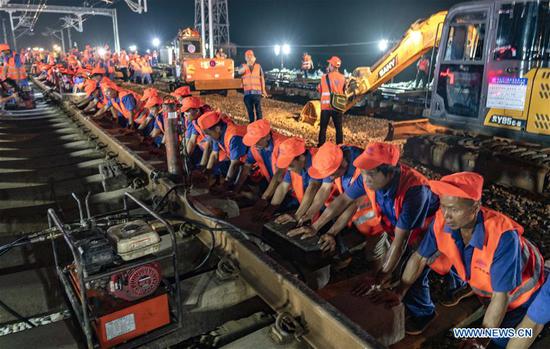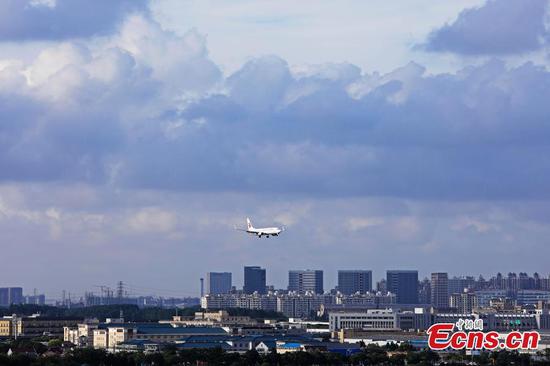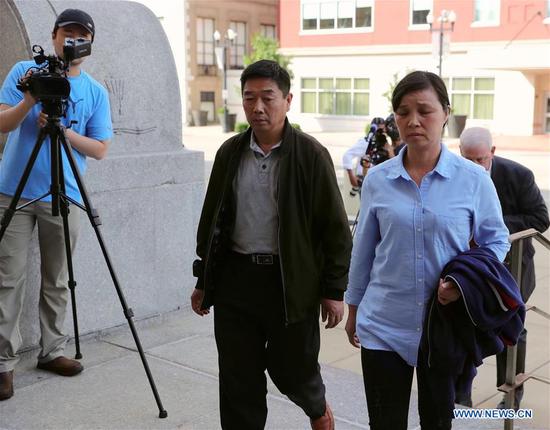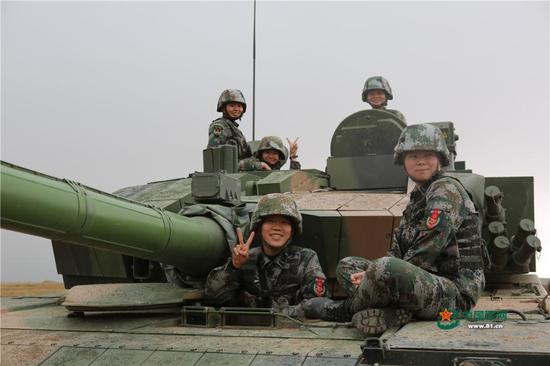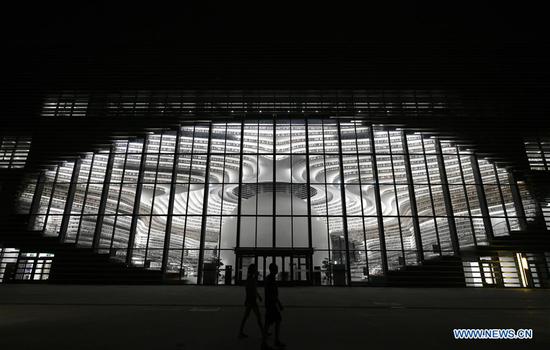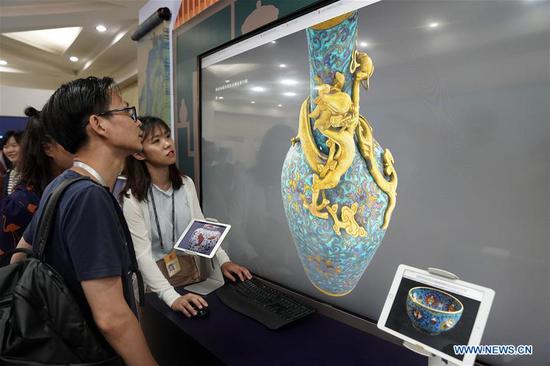Despite external instabilities and domestic downside risks, the Chinese economy is likely to record a steady full-year GDP growth of 6.2 percent or higher in 2019, with policy measures at the ready to combat any challenges, economists said.
China announced 11 measures on Saturday to further open up the financial sector in the latest move to help bolster and stabilize growth.
The country will allow foreign institutions to conduct credit rating business with all types of bonds in China's interbank and exchange bond markets, said the State Council's Office of Financial Stability and Development Committee.
Foreign financial institutions will be allowed to set up or hold stakes in pension fund management companies, while foreign ownership caps in securities firms, fund management firms and futures companies will be lifted by 2020, a year ahead of schedule, the office said.
The committee underlined the significance of financial reforms and stability and pledged to maintain a prudent monetary policy with proper countercyclical adjustments to keep liquidity reasonably ample.
Dong Dengxin, director of Wuhan University of Science and Technology's Finance and Securities Institute, said the measures are "unprecedented" in the history of China's financial sector opening-up and will help expand foreign participation in the domestic sector.
"This could go a long way toward enhancing the financial sector's ability to serve the real economy, as domestic financial institutions will strive to sharpen service quality in the face of intensified competition and learn from advanced practices of foreign peers," Dong said.
Besides furthering opening-up, "there is additional policy room" on monetary and fiscal fronts for China to tackle potential external or internal shocks, said Zhu Haibin, chief China economist at JPMorgan.
The GDP growth rate slowed to 6.2 percent in the second quarter from 6.4 percent in the first, according to the National Bureau of Statistics.
Looking into the second half, economists expected steady growth in consumption and high-tech sectors, but cautioned that downside risks may arise from lingering trade tensions and a softening global economy. Domestically, signs of a lackluster manufacturing sector and weakening property investment should also be noted, they said.
To tackle downside pressure, Zhu expected domestic liquidity to remain accommodative, with various options to prompt key interest rates lower.
The likelihood of benchmark deposit and lending rate cuts, however, is "very low", Zhu added.
David Wang, head of China economics at Credit Suisse, said another cut in the reserve requirement ratio — which will reduce funds banks keep in vaults and boost lending — may be conducted later this year.
"As the United States Federal Reserve will probably gradually cut interest rates and domestic inflationary pressure may ease, China's monetary policy options are expected to further broaden," said Cheng Shi, chief economist of ICBC International.
To support financial reforms, the People's Bank of China — the central bank — may refrain from broad-based easing but adopt more structural tools in the coming months, such as targeted reserve cuts to boost lending to small businesses, Cheng said.
On the fiscal side, policies facilitating debt financing of infrastructure projects may be stepped up, he added.
The country has set a 2.15-trillion-yuan ($312.4 billion) special local government bond issuance quota to help finance infrastructure projects.
Iris Pang, director of ING in China, said policymakers may even roughly double the fiscal stimulus for infrastructure projects to 4 trillion yuan.
This will offset the expected reduction in exports and related supply-chain relocation activities, securing the GDP growth rate for the second half at 6.3 percent.
JPMorgan's Zhu said the economy may slow a bit in the second half but manage to grow by 6.2 percent for the full year, as increased infrastructure investment and stable consumption will counter the drag from exports and manufacturing investment.
Xue Yi, a finance professor at the University of International Business and Economics in Beijing, said the debut of the Nasdaq-style tech-heavy STAR Market will also lend support to the economy.
On Monday, the first 25 companies are due to debut on the Shanghai Stock Exchange's STAR Market.
"In the second half, the much-anticipated new board is expected to raise public interest in the whole capital market and usher in more funds, thus reducing financing costs for listed firms," Xue said, adding that much more of the new board's boost to the economy will unfold in the long run.
"Financing difficulties of high-tech industries discouraged many Chinese companies from (investing in) the industries. The STAR Market, however, has the potential to correct this resource misallocation and therefore notably enhance productivity," Xue said.
"By pushing forward development of the STAR Market, we aim to promote reform of the whole capital market, nurturing more high-tech innovative enterprises and furthering economic upgrading," said Pi Liuyi, deputy director of the China Securities Regulatory Commission's Department of Market Supervision.
Xinhua contributed to this story.











